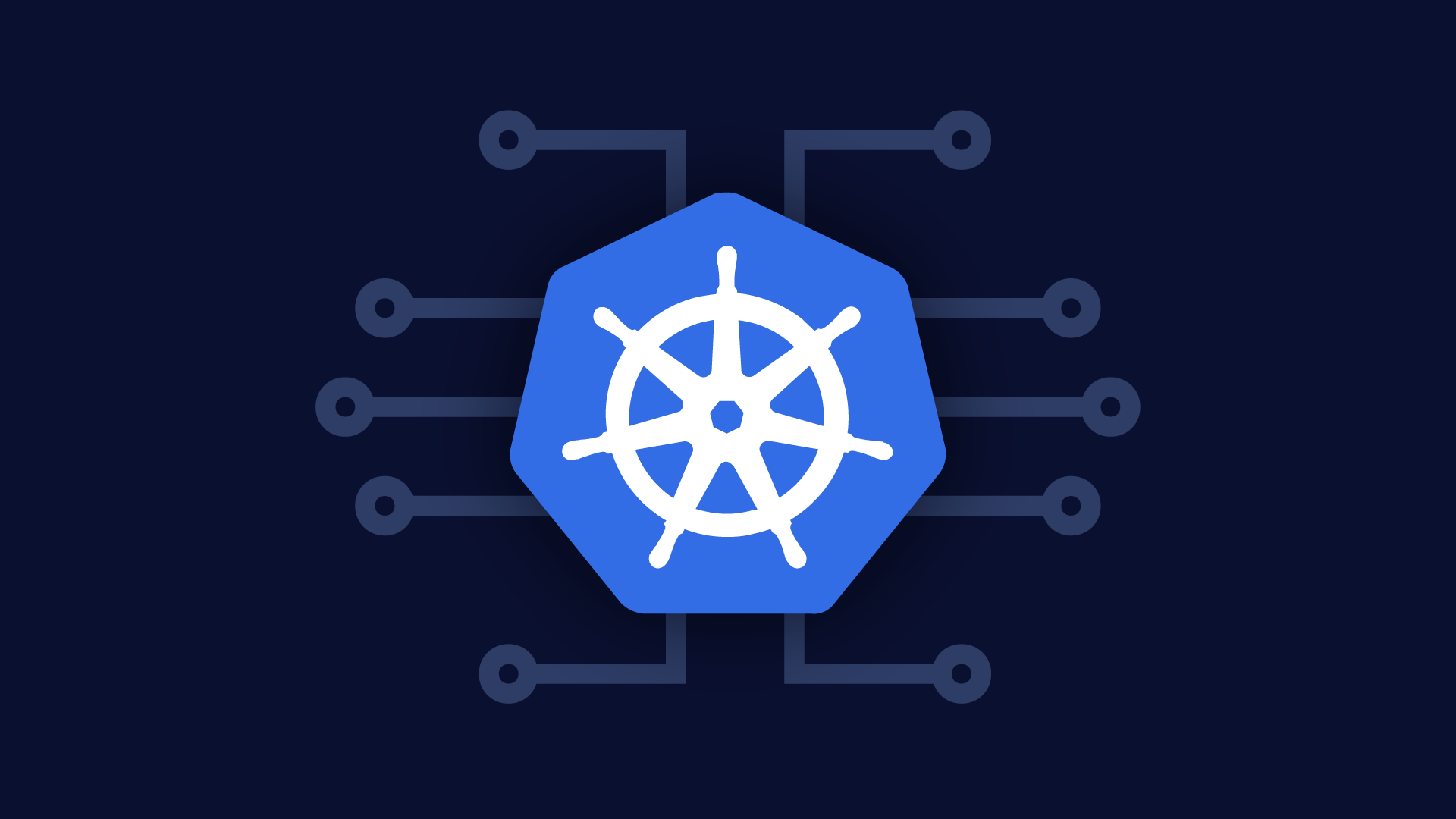Understanding Kubernetes Development: Empowering Scalable and Resilient Applications
Introduction:
Kubernetes has revolutionized the world of container orchestration, providing developers with a powerful tool for building and managing scalable, resilient, and portable applications. With its robust features and extensive ecosystem, Kubernetes has become the de facto standard for containerized application development. In this article, we will explore the key aspects of Kubernetes development and delve into the fundamental concepts and components that empower developers to leverage its full potential.
- Container Orchestration:
At the core of Kubernetes development lies container orchestration. Kubernetes enables developers to define and manage complex application architectures composed of interconnected containers. It provides automated scheduling, scaling, and deployment capabilities, ensuring efficient resource utilization and application availability. With Kubernetes, developers can easily define the desired state of their applications, and the platform handles the orchestration and management of containers, allowing developers to focus on building and improving their applications.
- Deploying Applications:
Kubernetes simplifies the deployment of applications by utilizing declarative configuration files called YAML manifests. Developers can define their application's desired state, including the number of replicas, resource requirements, networking, and storage configurations, among others. Kubernetes translates these manifests into actual running containers, ensuring consistent and reliable deployment across multiple nodes in a cluster. This declarative approach streamlines the deployment process, enables version control, and facilitates reproducibility, allowing developers to efficiently manage their applications' lifecycle.
- Scaling and Load Balancing:
Kubernetes provides robust scaling capabilities to ensure applications can handle varying workload demands. Developers can define scaling policies based on resource utilization or application-specific metrics. Kubernetes automatically scales the number of replicas up or down to match the defined criteria. Additionally, Kubernetes offers built-in load balancing mechanisms that distribute incoming traffic evenly across multiple instances of an application, enhancing application availability, responsiveness, and performance.
- Service Discovery and Networking:
In a distributed application environment, service discovery and networking play a crucial role. Kubernetes provides a built-in service discovery mechanism that allows applications to discover and communicate with each other using well-defined names and network addresses. Developers can create services that abstract away the underlying network details, making it easier to build and maintain scalable applications. Kubernetes also supports various networking models, including overlay networks, allowing developers to define network policies, secure communication, and achieve seamless connectivity within the cluster.
- Monitoring and Logging:
Understanding the health and performance of applications is essential for ensuring their smooth operation. Kubernetes offers robust monitoring and logging capabilities that enable developers to gain insights into application metrics, resource utilization, and system health. Developers can integrate popular monitoring and logging solutions with Kubernetes, such as Prometheus and Elastic Stack, to collect and analyze data for proactive troubleshooting, performance optimization, and debugging.
- Continuous Integration and Deployment (CI/CD):
Kubernetes seamlessly integrates with CI/CD pipelines, facilitating the automation of application testing, deployment, and release processes. Developers can leverage tools like Jenkins, GitLab CI, or Tekton to build efficient workflows that automate the build, test, and deployment of their applications to Kubernetes clusters. This enables faster development cycles, improves collaboration among team members, and ensures the rapid and reliable delivery of new features and updates.
Conclusion:
Understanding Kubernetes development is crucial for developers seeking to harness the power of containerization and orchestration. With its comprehensive features for container management, scaling, networking, monitoring, and integration with CI/CD pipelines, Kubernetes empowers developers to build scalable, resilient, and portable applications. By embracing Kubernetes, developers can streamline their development processes, improve application availability and performance, and unlock the full potential of containerized application deployment in modern cloud-native environments.

